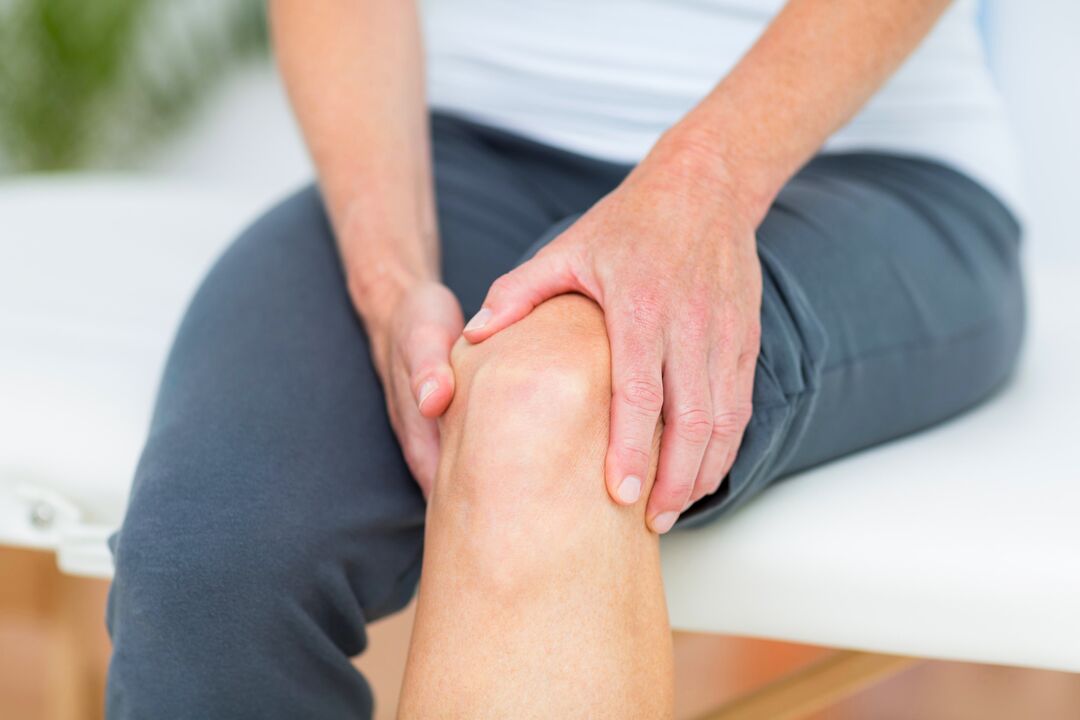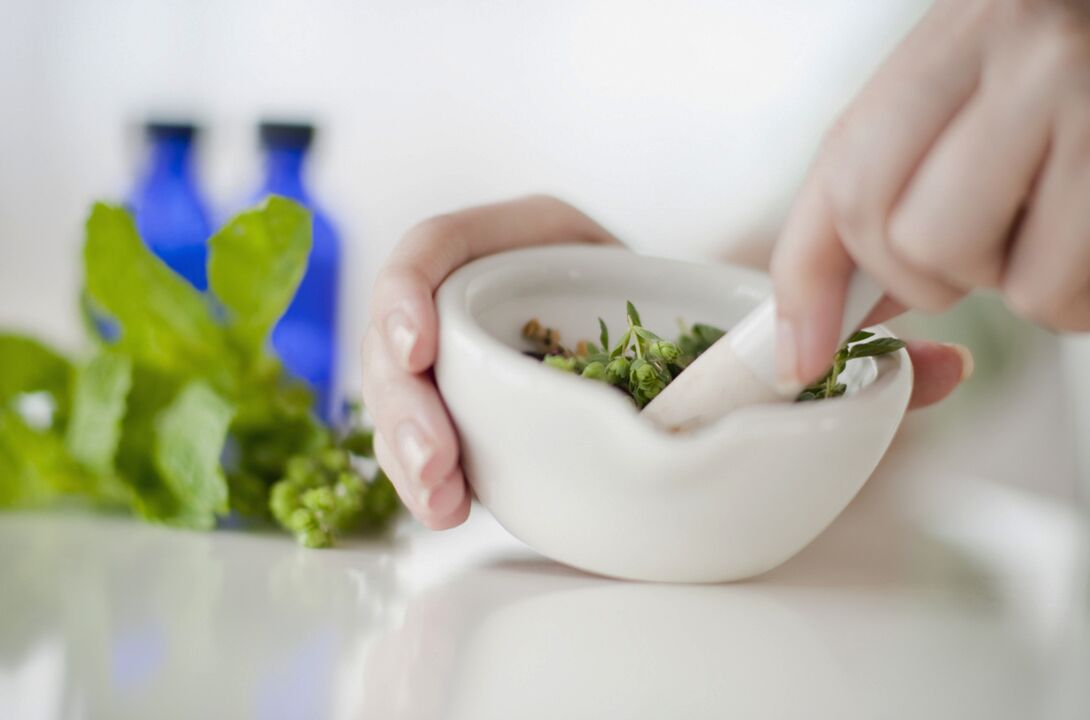
medical treatement
- Anti-inflammatories and analgesics - Medications reduce swelling, relieve pain, and improve the function of the joint capsule. These medications are applied topically - apply a small amount of the product to the painful area 2-3 times a day.
- Antibiotics are used if the cause of joint pain is an infection. This product cannot be used therapeutically without a doctor's prescription. Antibiotics can relieve joint inflammation, help fight tumors in rheumatoid arthritis, and prevent joint deformation.
- Cytostatics and steroid hormones are used in autoimmune processes, acting on sites of inflammation and promoting recovery.
- Chondroprotectant - Used in the treatment of polyarthritis, osteoarthritis.
- Intra-articular injection – the injection of hormonal anti-inflammatory drugs into the joint cavity.
physiotherapy
- Knee arthropathy;
- interphalangeal osteoarthritis;
- hip dysplasia;
- Elbow and shoulder injuries;
- Ankle injuries.
- Preheat joint tissue;
- Improves the flow of blood and lymph fluid in joint organs;
- Stabilize blood vessel tone;
- relieve inflammation;
- Eliminate pain.
traditional method

- Treatments with plants such as cinquefoil work well. This herb perfectly relieves pain, restores cartilage and bone structure, and prevents salt deposition. This treatment uses the dried roots of this herb. Take a tablespoon of the ingredients, pour boiling water and place in a water bath. Take it as an infusion 3 times a day after meals. The herb itself is also used therapeutically. Mash it, pour it into 150 ml of alcohol and soak it for three weeks. Dilute the tincture with drinking water before use. Take one tablespoon in three divided doses on an empty stomach.
- The rhizome of Wuye can be made into a poultice to treat joints. To do this, minced vegetable stock is seasoned with melted lard. Heat the mixture over the fire while stirring. Heat the herbs for four hours and then cool. Store the ointment in the refrigerator. Warm the product slightly before applying to problem areas of the body.
- Burdock root is also good for treating joint pain. They are harvested in the second year of the plant's life. To prevent the roots from losing their biological activity, do not wash them. Wash, crush and boil the rhizome before use. Cover the broth and bring to a boil. Drink 1/3 cup of product. It can also be used as a compressed package.
- A lemon and celery based mixture helps remove harmful substances from diseased joints and promotes recovery. The lemon zest should be rolled in a meat grinder along with the celery roots and leaves. The mixture is soaked for seven days, the cakes are squeezed out and a small amount of honey is added. The resulting product is stored in the refrigerator. This medication is taken by mouth in tablespoon form. This mixture works well to cleanse the joints and regenerate their structural tissue.
- Wash the potatoes with their skins peeled off, cut into pieces, add water and cook for more than an hour. Strain the decoction and take it on an empty stomach 3 times a day for about 2 weeks.




























